It has become a tradition here, in preparation for New Year’s Eve, to publish my Quintessential Guide to Champagne. Long time readers may want to glance it over as a refresher and hop to the end to see the new inclusions. But since many of you are new to Quintessence this year, I offer this essential guide to champagne as a year end treat!!
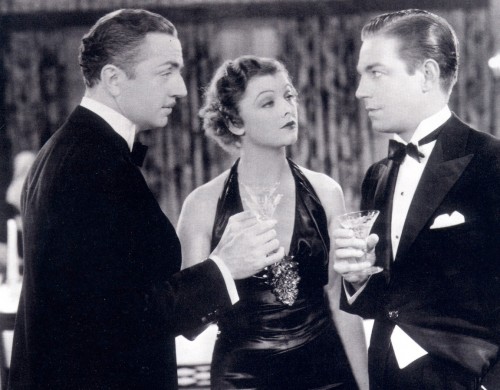 Although we don’t have Wednesday Wines very often these days, I would still like to thank my compatriot in tasting, Terry Rogers of Horseneck Wines in Greenwich, for the incredibly informative and insightful take on the history and making of our favorite festive drink!
Although we don’t have Wednesday Wines very often these days, I would still like to thank my compatriot in tasting, Terry Rogers of Horseneck Wines in Greenwich, for the incredibly informative and insightful take on the history and making of our favorite festive drink!
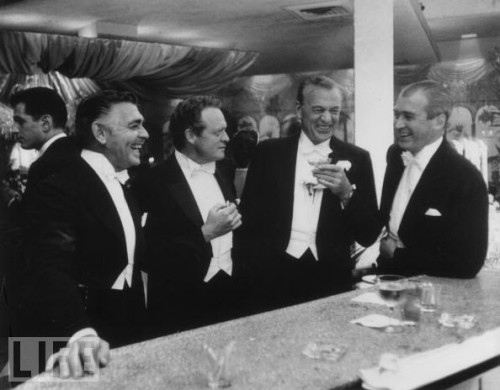 What better way to enjoy the holidays than to get together to share a glass of the good bubbly with friends and family. As you may know, in order to be called Champagne the product must be produced within the boundaries of the Champagne Region in France. This Region was delineated many generations ago and must be adhered to with strict regulations. Therefore, when you look at the prices of Champagne and wonder why they are so high, you must realize all the many factors that go into the making of that final bottle. (from Q – At the end of the history and making of champagne, we have some choice suggestions for you).
What better way to enjoy the holidays than to get together to share a glass of the good bubbly with friends and family. As you may know, in order to be called Champagne the product must be produced within the boundaries of the Champagne Region in France. This Region was delineated many generations ago and must be adhered to with strict regulations. Therefore, when you look at the prices of Champagne and wonder why they are so high, you must realize all the many factors that go into the making of that final bottle. (from Q – At the end of the history and making of champagne, we have some choice suggestions for you).
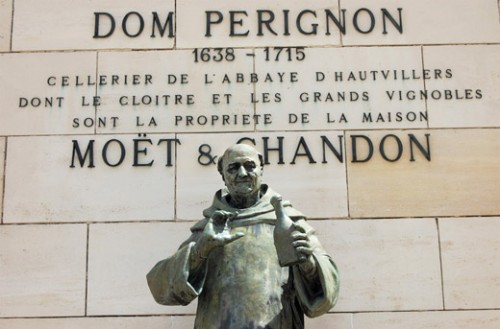 Champagne was developed in France about 300 years ago from a process involving lots of chemistry and many tedious physical manipulations. The history of Champagne dates to about 1700 AD and a monk cellarmaster at the Abbey of Hautvillers near the city of Reims, the “capital” of the Champagne region. As the story goes, a monk named Dom Pérignon was making wine for his colleagues when, unbeknownst to him, he failed to complete the fermentation before bottling and corking the wine. During the cold winter months the fermentation remained dormant, but when spring arrived the contents of the sealed bottles began to warm and fermentation resumed producing carbon dioxide that was trapped in the bottle. Later that spring Dom noticed that bottles of wine in the cellar were exploding, so he opened one that was intact and drank, declaring “Come quickly! I’m drinking stars!” Thus, Champagne was born and named after the region where it was discovered.
Champagne was developed in France about 300 years ago from a process involving lots of chemistry and many tedious physical manipulations. The history of Champagne dates to about 1700 AD and a monk cellarmaster at the Abbey of Hautvillers near the city of Reims, the “capital” of the Champagne region. As the story goes, a monk named Dom Pérignon was making wine for his colleagues when, unbeknownst to him, he failed to complete the fermentation before bottling and corking the wine. During the cold winter months the fermentation remained dormant, but when spring arrived the contents of the sealed bottles began to warm and fermentation resumed producing carbon dioxide that was trapped in the bottle. Later that spring Dom noticed that bottles of wine in the cellar were exploding, so he opened one that was intact and drank, declaring “Come quickly! I’m drinking stars!” Thus, Champagne was born and named after the region where it was discovered.
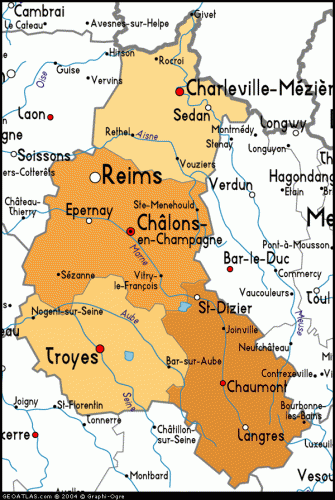 The key reaction of winemaking is alcoholic fermentation, the conversion of sugar into alcohol and carbon dioxide by yeast. The key process in producing Champagne is a SECOND fermentation that occurs in a sealed bottle. The entire process is described below.
The key reaction of winemaking is alcoholic fermentation, the conversion of sugar into alcohol and carbon dioxide by yeast. The key process in producing Champagne is a SECOND fermentation that occurs in a sealed bottle. The entire process is described below.
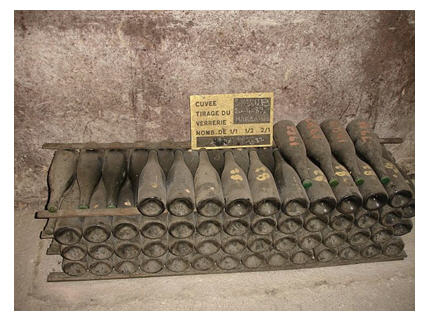 SELECTING THE CUVÉE (La Cuvée)
SELECTING THE CUVÉE (La Cuvée)
The cuvée is the base wine selected to make the Champagne. The most expensive Champagnes are made from cuvées from selected vineyards in the Champagne region. Cuvées can be from a pure grape variety, such as Chardonnay or Pinot Noir, or can be a mixture of several grape varieties. Chardonnay is a white grape variety with white juice, Pinot Noir a red grape variety with WHITE juice. Pinot Meunier, a relative of Pinot Noir, also is used extensively. The slight rust color imparted to some Champagne results from using Pinot Noir cuvées that acquire some red color from contact with the skins. The longer the juice remains in contact with the skins, the darker red it becomes. If a Champagne is made exclusively from Chardonnay, it is called “blanc de blanc,” white wine from white grapes. Most Champagne is made from mixed cuvees.
After the cuvée is selected, sugar, yeast, and yeast nutrients are added and the entire concoction, called the tirage, is put in a thick walled glass bottle and sealed with a bottle cap. The tirage is placed in a cool cellar (55-60°F), and allowed to slowly ferment, producing alcohol and carbon dioxide. Since the bottle is sealed, the carbon dioxide cannot escape, and,thereby producing the sparkle of Champagne.
AGING ON DEAD YEAST
As the fermentation proceeds, yeast cells die and after several months, the fermentation is complete. However, the Champagne continues to age in the cool cellar for several more years resulting in a toasty, yeasty characteristic. During this aging period, the yeast cells split open and literally spill their guts into the solution imparting complex, yeasty flavors to the Champagne. The best and most expensive Champagne is aged for five or more years.
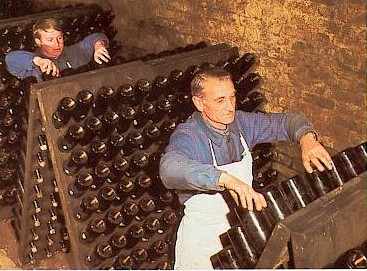 RIDDLING (Le Remuage)
RIDDLING (Le Remuage)
After the aging process is complete, the dead yeast cells are removed through a process known as riddling. The Champagne bottle is placed upside down in a holder at a 75° angle. Each day the riddler comes through the cellar and turns the bottle 1/8th of a turn while keeping it upside down. This procedure forces the dead yeast cells into the neck of the bottle where they are subsequently removed. A riddler typically handles 20,000 to 30,000 bottles per day.
DISGORGING
The Champagne bottle is kept upside down while the neck is frozen in an ice-salt bath. This procedure results in the formation of a plug of frozen wine containing the dead yeast cells. The bottle cap is then removed and the pressure of the carbon dioxide gas in the bottle forces the plug of frozen wine out leaving behind clear Champagne. At this point the DOSAGE, a mixture of white wine, brandy, and sugar, is added to adjust the sweetness level of the wine and to top up the bottle. The bottle is then corked and the cork wired down to secure the high internal pressure of the carbon dioxide.The sweetness levels of Champagne range very dry (ultra brut) to very sweet (doux), with brut being the most common.
 Many Champagne houses produce “luxury cuvées,” their best and most expensive wines. Dom Pérignon is the luxury cuvée of Möet & Chandon; Cristal is the pride of Roederer. Bollinger produces R.D. or “recently disgorged” wines. For example, you can purchase a 1982 Bollinger R.D. that was disgorged in April 1991, nine years after being placed in the bottle. (from Q – we served an older vintage of the RD at our wedding).
Many Champagne houses produce “luxury cuvées,” their best and most expensive wines. Dom Pérignon is the luxury cuvée of Möet & Chandon; Cristal is the pride of Roederer. Bollinger produces R.D. or “recently disgorged” wines. For example, you can purchase a 1982 Bollinger R.D. that was disgorged in April 1991, nine years after being placed in the bottle. (from Q – we served an older vintage of the RD at our wedding).
Terry travels to Champagne almost every fall to see the harvest and renew her spirit with “the greatest beverage known to mankind.” Please visit last year’s Champagne 101 post if you would like to take a vicarious trip to four of her favorite Champagne houses: Krug, Billecart-Salmon, Laurent Perrier and Salon.
Although not on Terry’s tour last year, I wanted to add a little something in this year’s round up on one of my favorite champagnes, Ruinart.
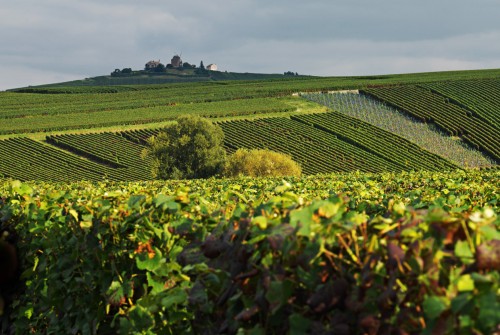 Terry is also a Ruinart fan and suggested, “Whether you have a palate for rosé champagne or the blanc de blanc you will certainly want Ruinart in your future. This champagne is bright, refreshing and full of beautiful pinot noir and chardonnay flavors.”
Terry is also a Ruinart fan and suggested, “Whether you have a palate for rosé champagne or the blanc de blanc you will certainly want Ruinart in your future. This champagne is bright, refreshing and full of beautiful pinot noir and chardonnay flavors.”
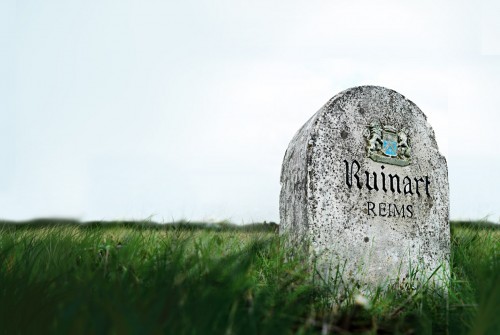 Ruinart is the oldest established Champagne house, exclusively producing champagne since 1729. Founded by Nicolas Ruinart in the Champagne region in the city of Reims, the house is today owned by the parent company LVMH Moët Hennessy Louis Vuitton SA.
Ruinart is the oldest established Champagne house, exclusively producing champagne since 1729. Founded by Nicolas Ruinart in the Champagne region in the city of Reims, the house is today owned by the parent company LVMH Moët Hennessy Louis Vuitton SA.
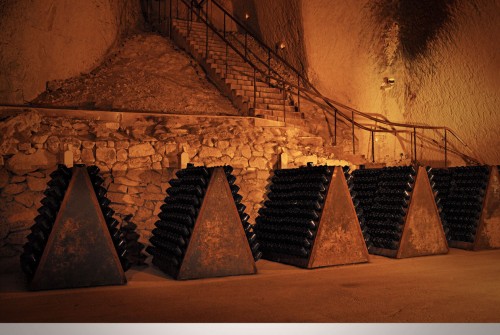 The firm’s famous cellars, a series of Gallo Roman chalk quarries, or crayères, above, are officially classified as a historical monument and can be toured by appointment.
The firm’s famous cellars, a series of Gallo Roman chalk quarries, or crayères, above, are officially classified as a historical monument and can be toured by appointment.
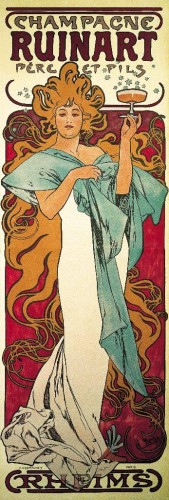 Not only does Ruinart produce a consistently excellent product in relatively small quantities, but it has also had a long standing relationship with the Arts. As early as 1895, Andre Ruinart asked Czech artist, Alfons Mucha to illustrate a poster of Ruinart, above. Today the brand is still closely involved with contemporary art and plays an important role in several international events such as ARCO, the Foire de Bale, the Carre Rive Gauche, London Design, and Miami Art Basel. I love the Ruinart Portraits that artist Gideon Rubin did for Art Basel last June.
Not only does Ruinart produce a consistently excellent product in relatively small quantities, but it has also had a long standing relationship with the Arts. As early as 1895, Andre Ruinart asked Czech artist, Alfons Mucha to illustrate a poster of Ruinart, above. Today the brand is still closely involved with contemporary art and plays an important role in several international events such as ARCO, the Foire de Bale, the Carre Rive Gauche, London Design, and Miami Art Basel. I love the Ruinart Portraits that artist Gideon Rubin did for Art Basel last June.
They represent all aspects of Ruinart, from founding fathers to contemporary cellar masters. In addition, the house works with many artists for specialty projects – India Mahdavi, created the “Champagne Spoon” bottle stopper in 2006, Christian Biecher, created the “Flower” bottle stopper in 2007, Patricia Urqiola, designed the “Fil d’Or” bottle stopper in 2010, below,
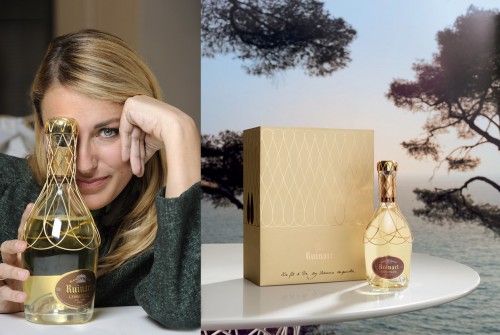 and Maarten Baas, named “Designer of the Year” at Art Basel Miami 2009, created the “Bouquet de Champagne” in 2008 and the “Melting” ice bucket in 2010.
and Maarten Baas, named “Designer of the Year” at Art Basel Miami 2009, created the “Bouquet de Champagne” in 2008 and the “Melting” ice bucket in 2010.
Terry’s Champagne Picks
So starting with Ruinart, here are a few of Terry’s suggestions, for celebrating your New Year in style (and fyi – she can ship anywhere)!
Ruinart blanc de blancs (non vintage), the flagship of their house
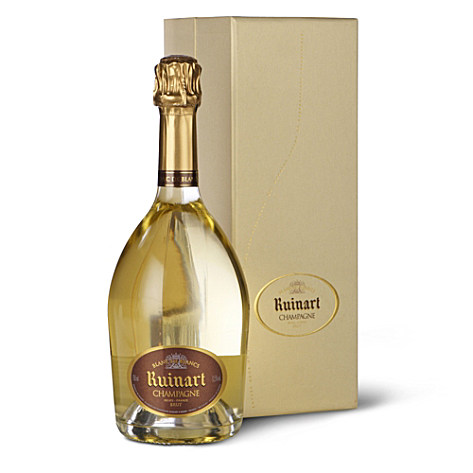
Ruinart Rosé (non vintage)
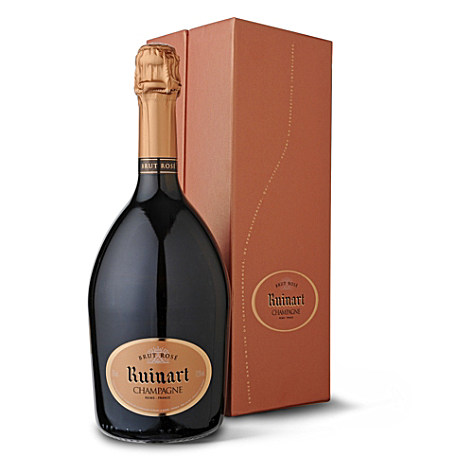 Laurent-Perrier Brut non vintage
Laurent-Perrier Brut non vintage
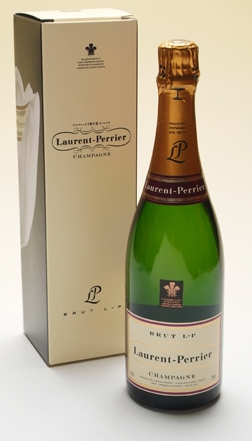
Laurent Perrier Rosé
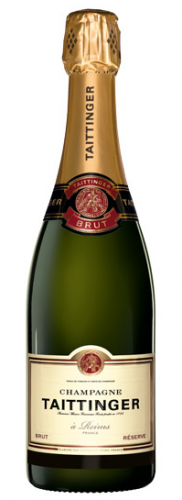
Veuve Clicquote brut non vintage
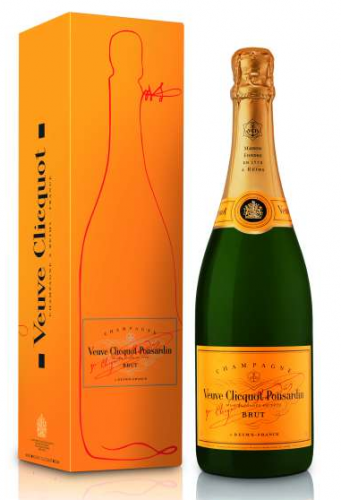
Veuve Clicquot La Grand Dame 1998
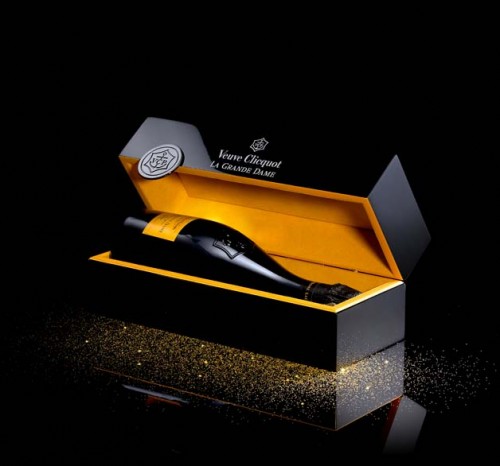
Louis Roederer brut premier non vintage
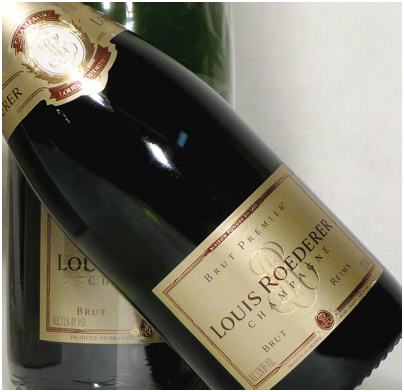
Louis Roederer Cristal 2004
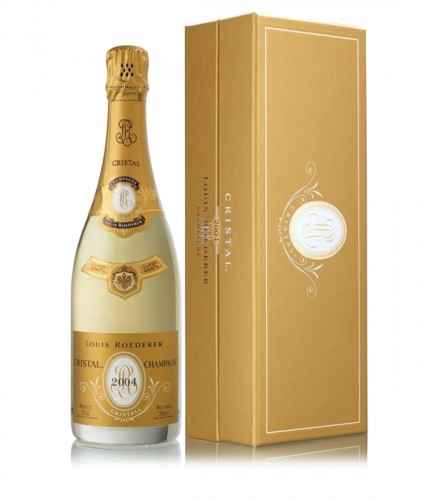 Billecart-Salmon Brut Rosé (non vintage)
Billecart-Salmon Brut Rosé (non vintage)
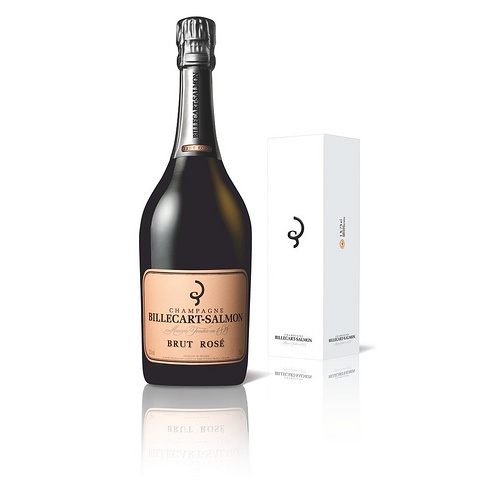 Billecart-Salmon Cuvée Elisabeth Salmon Rose 1999
Billecart-Salmon Cuvée Elisabeth Salmon Rose 1999
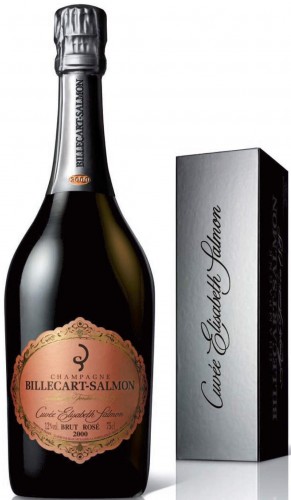
Dom Perignon 2002
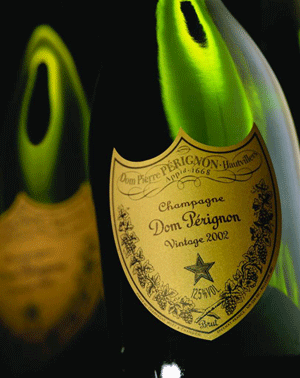 Krug Grand Cuvee is a blend of their various vintages and is always a stellar Champagne for the price. The Krug wines commonly display a subtle nuttiness. Krug uses complete barrel fermentation which is not so common in most of the champagne houses.
Krug Grand Cuvee is a blend of their various vintages and is always a stellar Champagne for the price. The Krug wines commonly display a subtle nuttiness. Krug uses complete barrel fermentation which is not so common in most of the champagne houses.
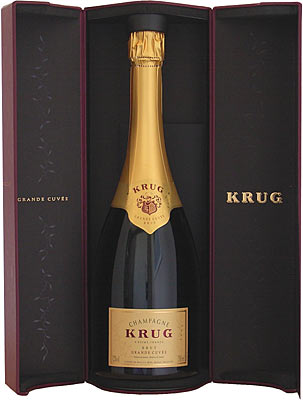
Krug Rosé Brut NV
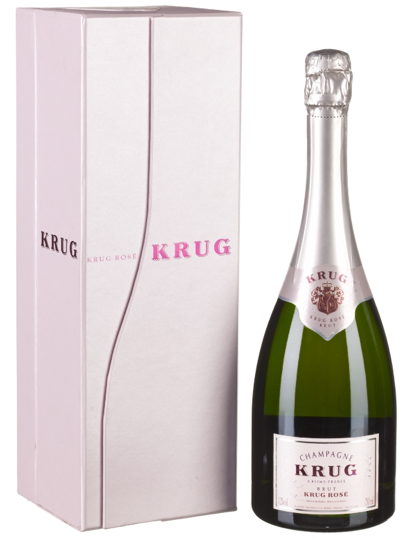
Salon Blanc de Blanc Brut Les Mesnil 1999
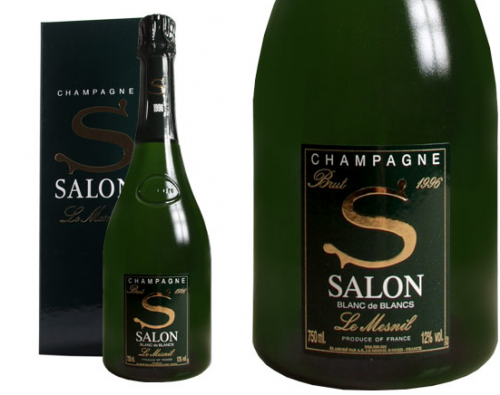
For some lesser known champagnes, you can take a look at this entertaining round up from the “what’s-good-in-December-is-just-as-good-in-July club (which of course I subscribe to): Eric Asimov of the NY Times; Juliette Pope, wine director at Gramercy Tavern, and Carla Rzeszewski, wine director of the Spotted Pig, the Breslin and the John Dory Oyster Bar.” Though published last year, these picks are still valid.
And for those looking for that extra special bottle, here are few more choices that Terry suggests, all available at Horseneck for last minute revelers.
Taittinger 1999 Comte de Champagne Rose
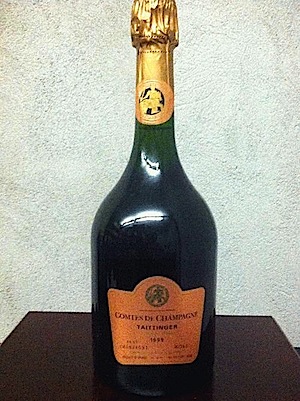
Bollinger La Grande Rose Champagne 1999
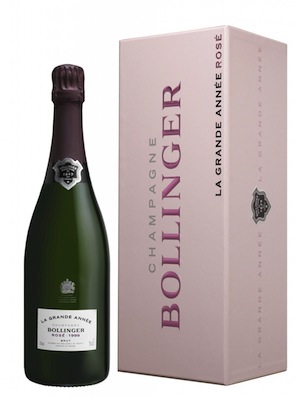
Dom Perignon “David Lynch” 2000 Rose
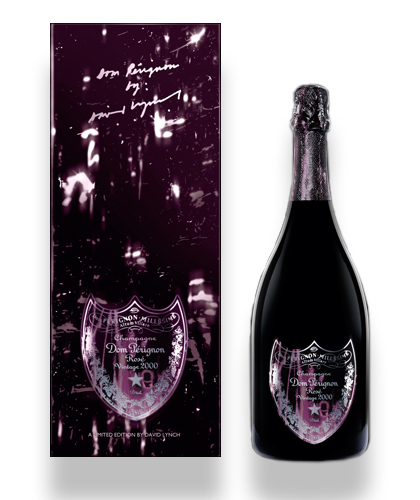
Dom Perignon “oenotheque” 1993
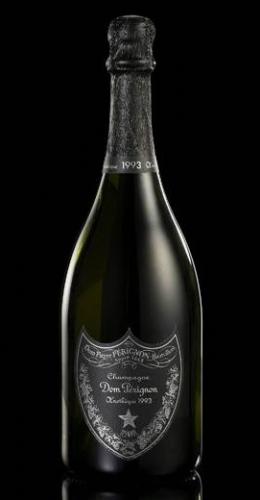
And finally, I would like to toast you all – those who continue to stop by Quintessence throughout the year make it all worthwhile. Thank you for making 2012 so stellar. I wish you all a very Happy New Year and the best for a fabulous 2013! Cheers!

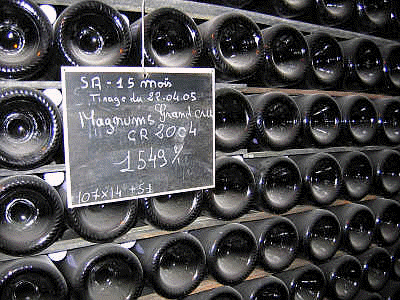
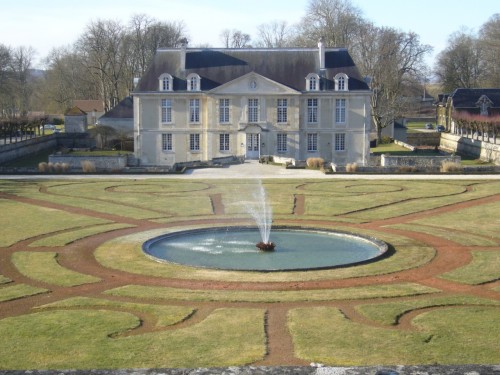
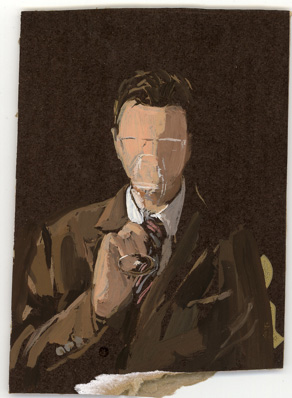
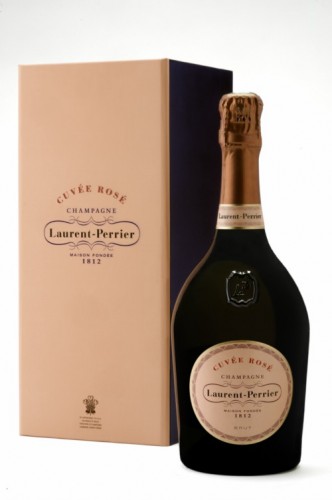
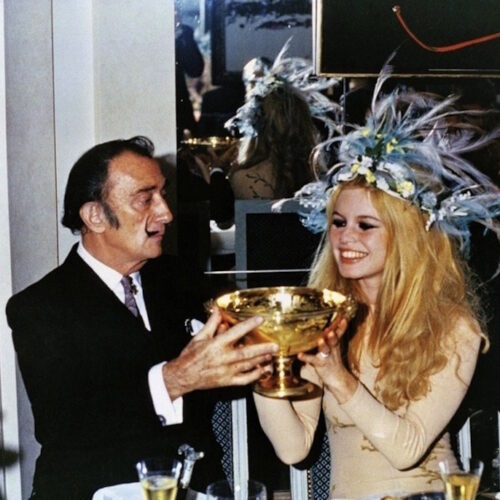
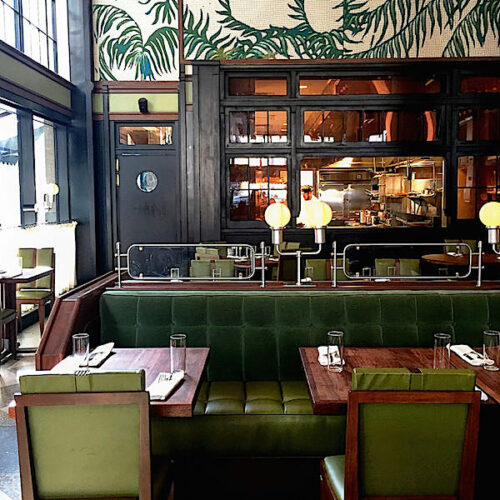
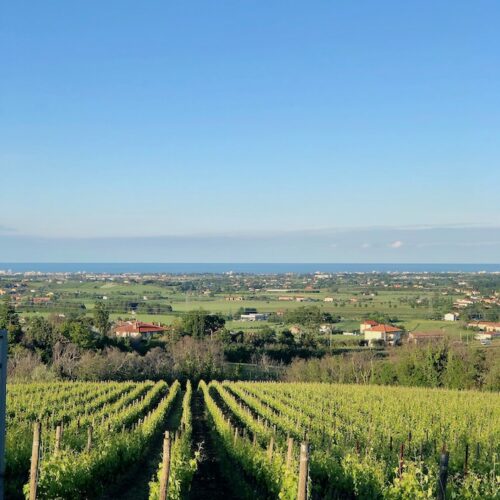
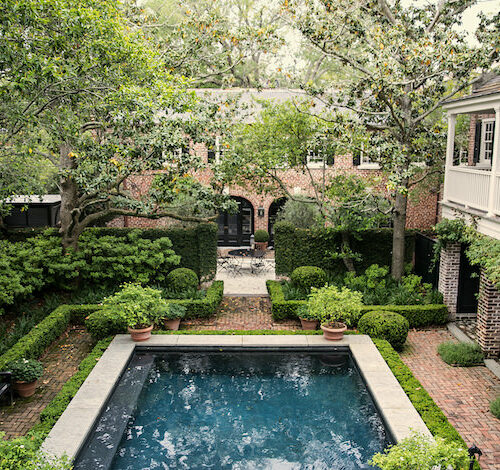
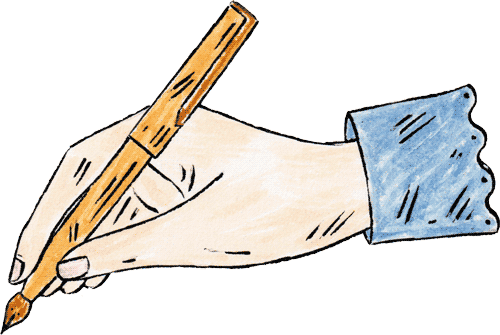
We have a bottle of Jean Vesselle “Oeil de Perdrix” chilling in the frig for tomorrow night. One of my favorite champagnes with just a light touch of rose in it. We actually could only find a couple of cases in Greenwich to bring home. Wishing you the best for the coming New Year!
XXX
Debra~
I’ll be heading to the store tomorrow to bring home my bottle! Thanks so much, as always, for the recs!
Such a wonderful post. I am going to print this out and give it to my husband. Thank you!
Wow! you really know your champagne! I completely agree with your last blog- Americans don’t drink enough of it. Happy New Year and I hope you enjoy whatever vintage you choose!
Absolutely wonderful post today on champs and every post all year long!! Thank you Stacey for sharing such excellence. You have a great eye and the creativity to consistently deliver beauty and passion here at Q! Cheers to YOU!! Happy New Year!!! ox
I agree with ALL of the ABOVE!! Here’s to 2013!! Salute! franki
Will definitely print out and share this evening. Another personal fave and great value is Nicolas Feuillatte Champagne Brut Rosé. This crisp, lively blend of 90% red grapes and dash of Chardonnay has beautiful beads and just the right hint of raspberry and plum. Yum! Happy New Year to you and yours, Stacey!
We are not huge champagne drinkers, but with this wonderful list, we just may be celebrating the new year with a little bubbly. Thanks for all of the fabulous inspiration this year and wishing you all the best in 2013!!
I only drink Champagne- my favorite is Roederer- and your essay on the delicious wine is so welcome! I agree that Americans don’t drink enough of it. In Europe, the cry, “une coupe de Champagne!” is music to my ears.
We popped the cork on a 1998 Dom Perignon at Christmas and it had surprisingly satyed drinkable in our “cave”! Tonight, we’ll toast the New Year with a glass of Veuve Cliquot rose… Wishing you a wonderful evening and that 2013 brings you all that you ever wished for!
xxoo
C + C
Raising a glass of bubbly to wish you the happiest of new years Q!
xo
Cathy
Happy New Year, Stacey!!!
I have enjoyed all of your posts throughout this past year, as you took me to so many new places, I felt I was there! Here’s to continued adventures in the year ahead!
xo Elizabeth
we ADORE nick and nora.
smiled as soon as we saw the picture.
delicious.
waving from downtown manhattan.
_teamgloria x
Great post! I LOVE champers and will have to try some of these reccomended bottles. Since I live nearby i’ll also have to check out Horseneck Wines in Greenwich